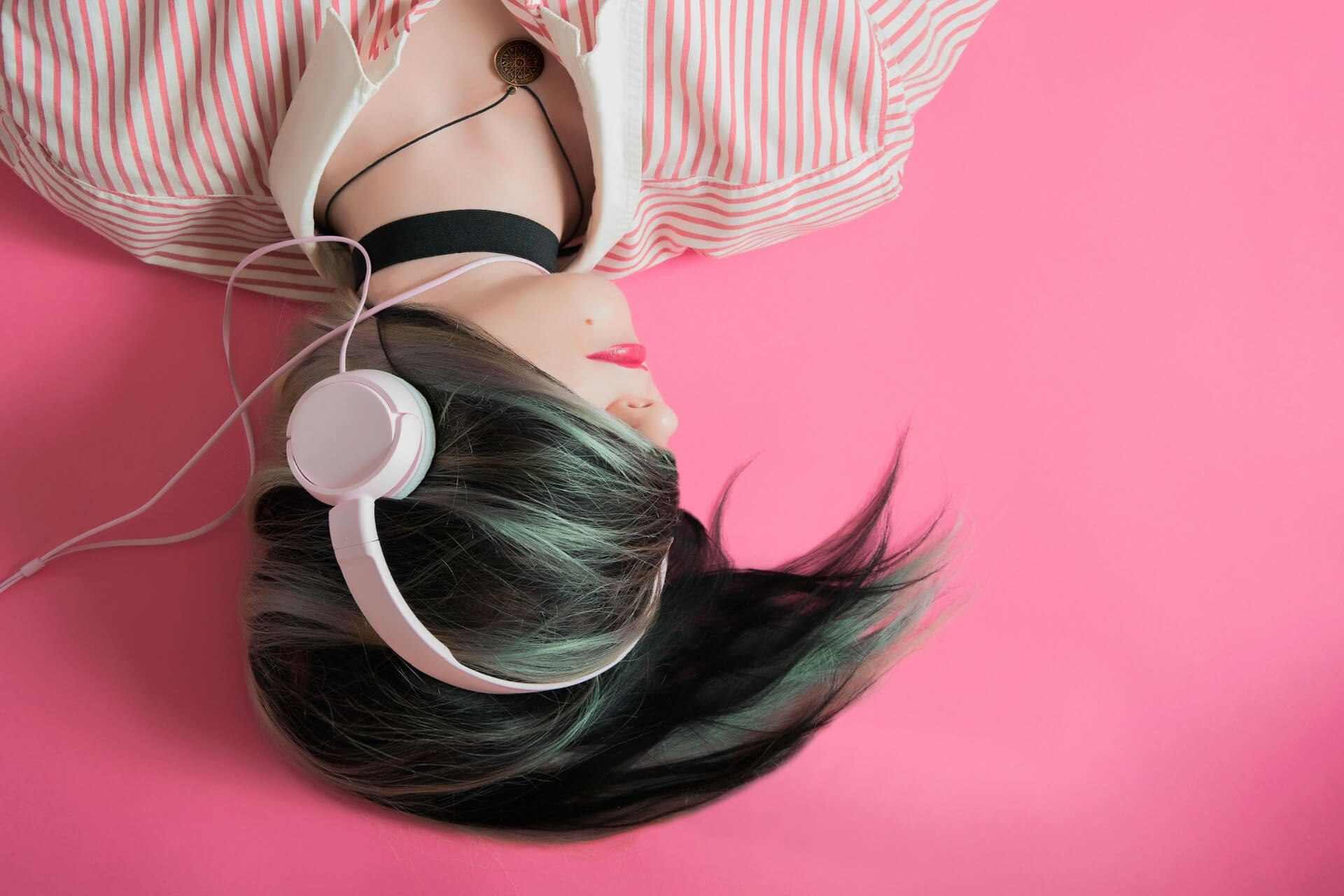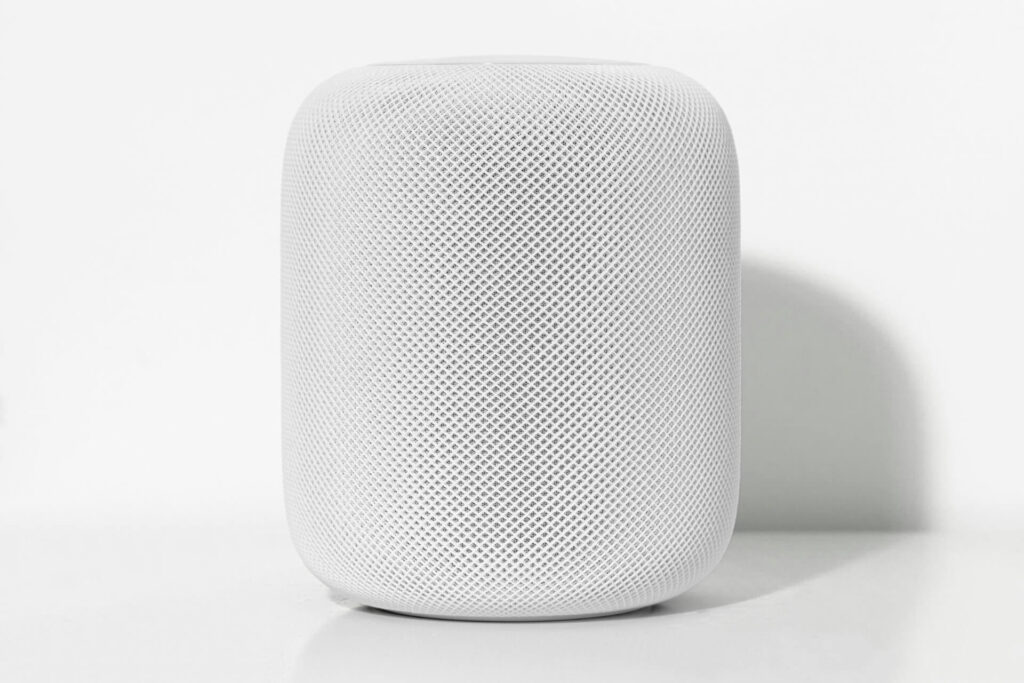
Body + Mind is reader-supported. We may earn an affiliate commission when you buy through some of the links on our site.
I realized it wasn’t golden once silence kept me up at night. Falling asleep became a battle with the neighbor’s dog, the late-night delivery truck and even my own thoughts. So, I decided to try something new — sleeping with a white noise machine.
One week in, I slept like a log, wondering why I hadn’t gotten this genius device earlier.
Let me explain white noise, how it helped me and what you should know before adding it to your sleep routine.

White noise is the audio equivalent of a blank canvas. It contains all audible frequencies in equal measure, which creates that familiar static sound — like an untuned radio. The idea is that it masks sudden shifts in noise that might wake you up, improving your sleep quality and decreasing the frequency of waking up.
The science behind it? A study on the impact of auditory environments suggests that white noise can help the brain block out distractions — great for sleep, but bad for studying — by essentially dulling its awareness of stimuli that would otherwise grab your attention. Silence enhances concentration, while the soothing static calms awareness, fights anxiety and helps you relax more, which helps create conditions suited to sleep.

The first night, I wasn’t sure I’d like it. The machine my friend loaned me had several noise options — fan, static, ocean waves — and I started with classic white noise. Within 15 minutes, my mind started quieting. I didn’t fall asleep instantly, but while I noticed my surroundings, like the creak of the floorboards, I didn’t feel like they cut through me either.
By night three, I was asleep within 20 minutes, without my usual restlessness. Even better, I wasn’t waking up to random city noise or my partner shifting beside me. There was something comforting about the constant hum — it gave my brain permission to shut off.
The biggest change? I woke up feeling more rested. Not just that “I stayed in bed eight hours” rested, but a “My brain didn’t feel interrupted” feeling. That made me a believer, and I quickly bought my machine.
I soon discovered that machines don’t just make white noise — there’s a whole spectrum of “colored” noises to choose from — each with unique effects.
| What to know | White Noise | Pink Spectrum | Brown Frequencies | Green Noise |
| Frequency | All frequencies at equal intensity | Increased lower pitch | Deep pitch, with focus on bass | Amplified mid-range frequencies, limited highs |
| Sounds like | Television static or fan | Wind | Rumbling thunder | Waterfall or leaves rustling |
| Best for | Sleepers who wake easily and need help relaxing | Those who find white noise jarring and don’t sleep deeply | Anxious sleepers, softer than white and pink noise | Those in high traffic areas who tend to get anxious at night |
Example of white noise
Example of pink noise
Example of brown noise
Example of green noise
Unsurprisingly, many different types of white noise machines are on the market. Some of these devices aren’t specially designed to produce white noise and are basically Bluetooth speakers, while others are fitted with fans to make a rhythmic droning sound. You can use any sounds that meet the frequency requirements as white, pink, brown or green noise — even YouTube tracks.
The difference between using an app or audio track and a white noise machine is the quality of sound projection, authentic frequency spectrum projection and the ability of these machines to add specific sounds. These machines are usually more tailored to play all night long, meet presets and cut out external intrusions.
Your phone and earbuds aren’t likely to achieve the same effect, but a phone and app are a great way to test what type of noise spectrum you prefer — white, pink, brown or green.
Back to white noise machines — some use digital playback like a radio, while others use fans and mechanisms to produce the required frequencies. Phones and apps are great for travel purposes — and can block out surrounding sounds — as you’d want to avoid jostling your sensitive white noise machine. Alexa and Google Home can also hook you up with white noise loops.
Whichever type of device you choose, ensure it features adjustable volume, quality sound and has the option for other types of ambient noise.
White noise isn’t one-size-fits-all for sleep disruptions. In fact, animal studies hint that white noise exposure may interrupt deeper rest by messing with rapid eye movement sleep, and by lulling the sleeper, it could also prevent you from registering important environmental sounds like the fire alarm or your infant crying in the next room. Playing the “noise” at high volumes can also cause hearing loss — any loud music can — so a lower volume than regular music is advised.
When used correctly and at appropriate volumes, white noise can cause tranquility and help you snooze off more easily, but it’s not for everyone. Another risk is becoming dependent on the sound to fall asleep, which equates the frequencies to an auditory stimulant or “drug.”

If you’re curious about trying white noise, here’s how to ease it into your night without overthinking it.
While it won’t stop you or your partner from nose-growling all night, it can produce enough background frequencies to mask snoring and make the sound less distracting so you can catch some quality sleep.
As long as the volume remains low, less than 70 dB, long-term exposure should not have negative physiological effects, though you may begin to rely on the sound to unwind and sleep.
It depends on your preferences. Pink and brown noise tend to feel gentler and are often favored by people who find white noise too sharp. Try a few options before choosing a machine.
Avoid dependency by alternating different sounds and using other calming methods, such as meditation tracks or mindful breathing before bed. Some users only use their machines when needed.
After a week of white noise, I’m not ditching it anytime soon.
It didn’t magically solve all my sleep problems but made a noticeable difference. The nights feel quieter — not in the literal sense, but in how my brain reacts. Instead of bracing for the next disruptive creak, bark or neighborly horn honk, I can now just sleep.
Plus, if the white noise doesn’t do it for you, there’s a spectrum of color sounds to explore.
Have you tried a white noise machine? Share your experiences on our social channels.
Your email address will only be used to send you our newsletter, and at any time you may unsubscribe. For more information, see our Privacy Policy.